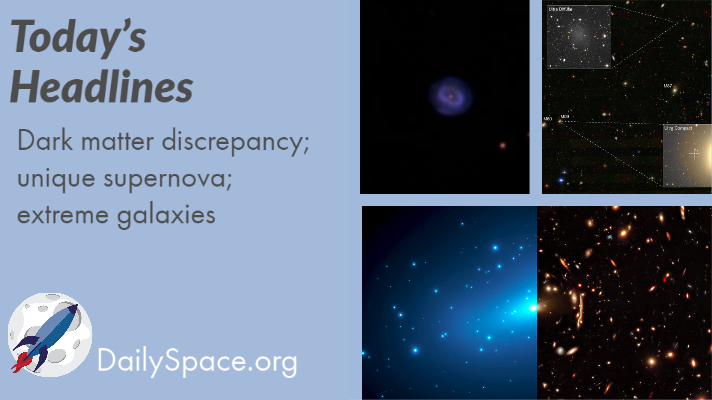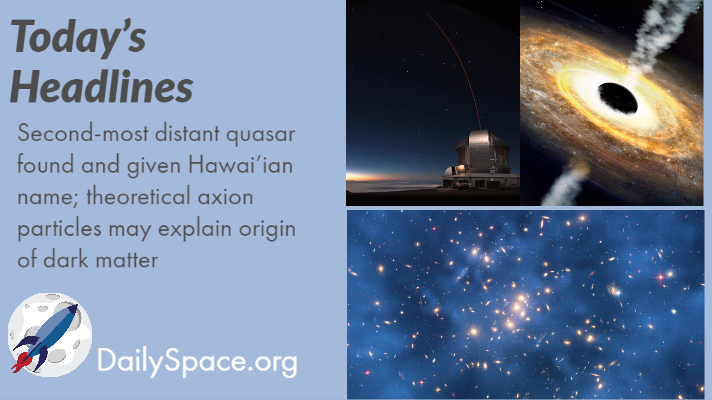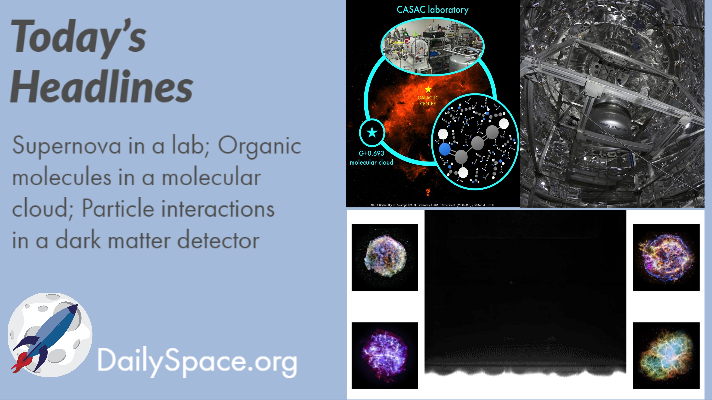
Sep 15, 2020 | Cosmology, Daily Space, Dark Matter, Galaxies, Guest Interview, Supernovae
Join us today as we look at how the Hubble Telescope may have solved the dark matter discrepancy. A research team has found a unique Type 1a supernova in the super-Chandrasekhar group of novae. Plus, all those extreme galaxies (large and small) seem to be in dense regions with a lot of interactions. Afterward, were joined by astrobiologist Dr. David Grinspoon to talk about his research into potential life on Venus.

Jun 29, 2020 | Cosmology, Daily Space, Dark Matter, Gemini South, Quasar, Supermassive Black Holes
Join us today as we look at big news on a big quasar! Pōniuāʻena is the second-most distant quasar ever found, and its existence challenges conventional black hole formation theory. Also, we explain how the theoretical axion particle might be involved in the origin of dark matter.

Jun 18, 2020 | Astrobiology, Cosmology, Daily Space, Dark Matter, Supernovae
Join us today while we take a look at a laboratory recreation of a supernova. We’ll also talk about the discovery of another amino acid precursor molecule in an interstellar cloud. Finally, we call attention to news that a dark matter detector has possibly seen some weird particle interactions and what that could mean.





 We record most shows live, on Twitch. Follow us today to get alerts when we go live.
We record most shows live, on Twitch. Follow us today to get alerts when we go live.